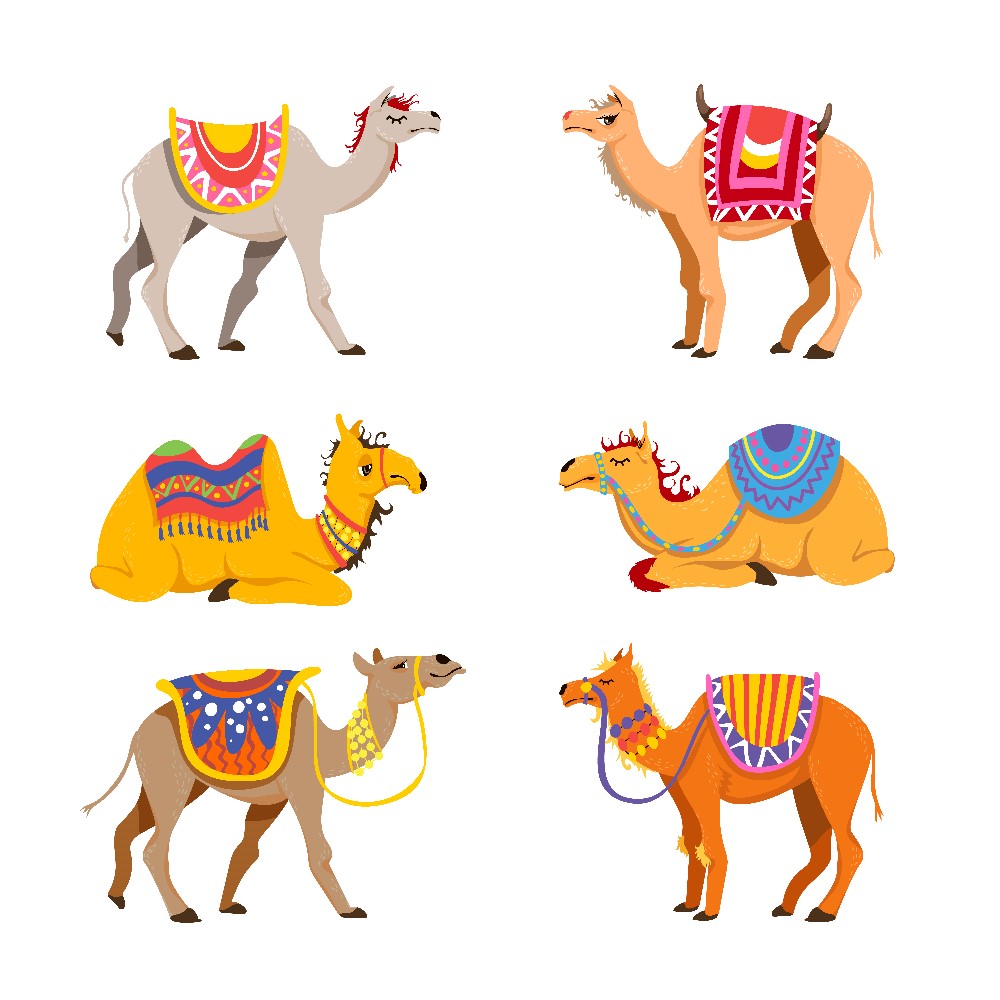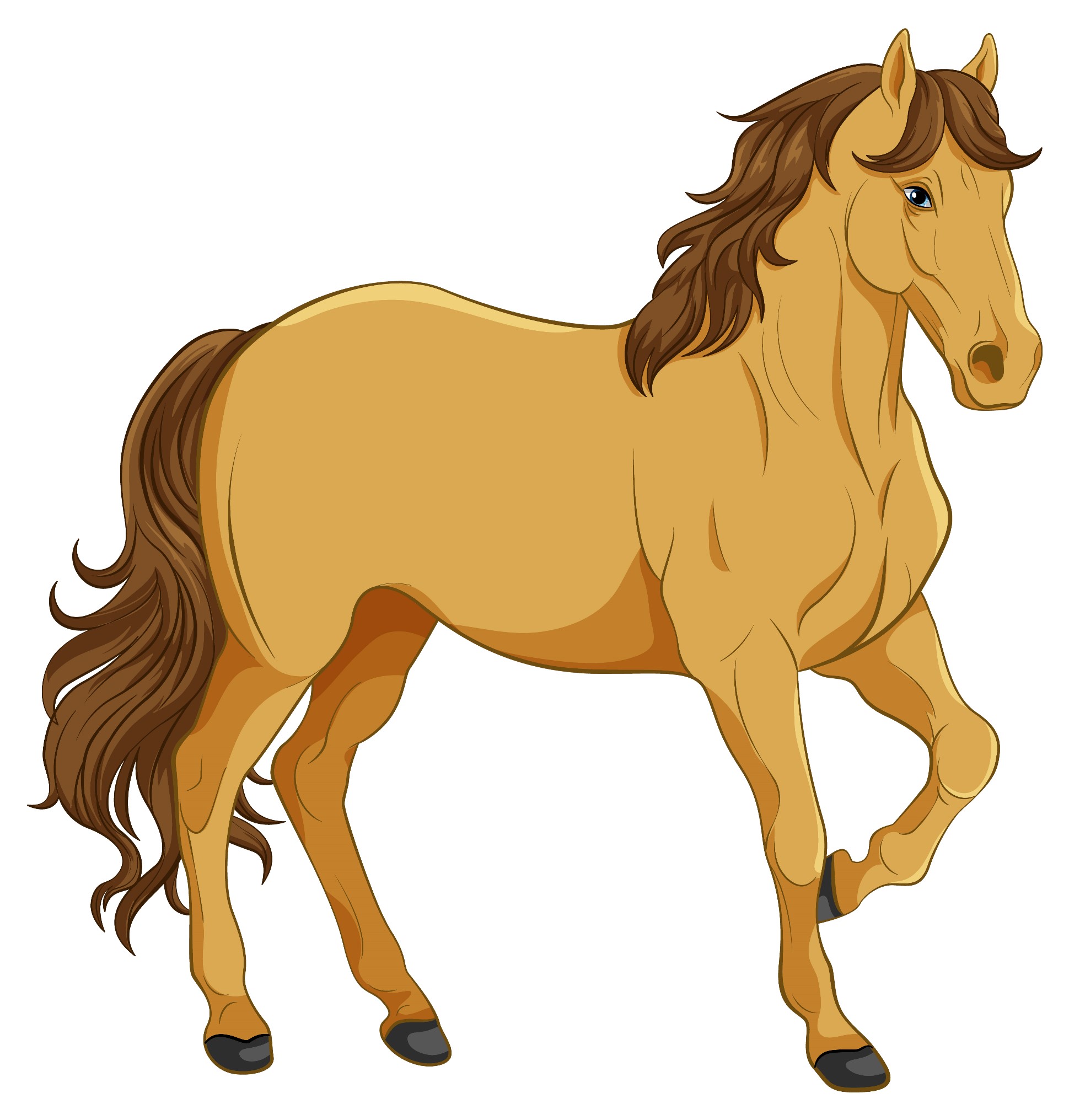Essay on camel with camel drawing
“Welcome to ASKMORETOLEARNMORE, where knowledge is our compass and curiosity our guiding star. Join us on a journey of exploration, learning, and inspiration as we delve into the world of wisdom, In this post we will see Essay on camel with camel drawing .”

Essay on camel with camel drawing in English
Camels, often referred to as the “ships of the desert,” are remarkable creatures uniquely adapted to harsh environments. Their resilience, ability to thrive in arid regions, and their historical significance make them fascinating subjects of study. In this essay, we will delve into the world of camels, their characteristics, their role in human history, and their importance to desert-dwelling communities.
Camels belong to the Camelidae family and are known for their distinctive hump or humps on their backs. There are two main species of camels: the dromedary camel, which has a single hump, and the Bactrian camel, which has two humps. These humps are reservoirs of fat, not water, and serve as an energy source during times of scarcity.
One of the most remarkable features of camels is their adaptation to arid and desert environments. Their ability to withstand extreme heat, dehydration, and long periods without water makes them essential for transportation and livelihoods in desert regions. Camels can drink up to 40 gallons (150 liters) of water in one go, and they store this water in their bloodstream for gradual use.
Camels have been instrumental to human societies in arid regions for centuries. They serve as indispensable pack animals, capable of carrying heavy loads across the desert terrain. Their sure-footedness and endurance make them valuable for long-distance travel, trade, and transportation of goods.
Beyond their role as pack animals, camels provide other essential resources. Their meat and milk are valuable sources of nutrition for desert-dwelling communities. Camel milk, in particular, is highly nutritious and has been a staple in the diets of many people in arid regions.
Camels have also played a significant cultural and symbolic role in the history of the Middle East and North Africa. They are often associated with hospitality and generosity in Bedouin culture. The camel has been celebrated in literature, poetry, and art, symbolizing the resilience and strength needed to endure the challenges of the desert.
In recent years, camels have gained attention for their potential to contribute to sustainable agriculture and food security. Their ability to thrive on marginal land with minimal water resources makes them a valuable asset in regions affected by desertification and climate change.
However, camels face several challenges in the modern world. The demand for camel products, particularly camel milk, has led to overgrazing and habitat degradation in some areas. Additionally, there are concerns about the treatment and welfare of camels, including issues related to transportation and slaughter.
Efforts are underway to address these challenges and promote the sustainable use of camels. Research into camel breeding and management practices aims to improve the health and productivity of camel populations. Education and awareness campaigns also highlight the importance of humane treatment and responsible ownership of camels.
Camels have played a significant role in history, particularly in regions where they are native, such as the Middle East, North Africa, and parts of Asia. Their unique adaptations and characteristics have made them indispensable for various purposes. Here are some key ways in which camels have been used in history:
Transportation: Camels have been used as pack animals for centuries. Their ability to carry heavy loads across arid and rugged terrain makes them ideal for transporting goods and people through deserts and mountainous regions. The Silk Road, for example, relied heavily on camels to facilitate trade between Asia and Europe.
Military Use: Camels were used in ancient and medieval warfare, particularly in desert regions. They could carry soldiers, supplies, and equipment, and their mobility allowed for quick, surprise attacks.
Migration and Exploration: Camels have been crucial for nomadic and indigenous people, enabling them to traverse vast distances in search of water and pasture for their livestock. Explorers and traders like Ibn Battuta and Marco Polo used camels to navigate challenging terrains during their travels.
Agriculture: Camels have been used for plowing fields and irrigation in regions where other draft animals, like horses or oxen, were less suited to the harsh conditions. Their manure has also been used as a valuable fertilizer.
Milk and Food: Camel milk and meat have been important sources of nutrition for various cultures. In many desert regions, camel milk is considered a staple, and it provides a valuable source of hydration in arid climates.
Textiles and Leather: Camel hair is used to make textiles and clothing, known as camel hair fabric. Additionally, camel hides and leather have been used for making various products, including clothing, bags, and shoes.
Cultural and Religious Significance: Camels hold cultural and religious significance in many societies. In Islam, for instance, the camel is mentioned in the Quran and has been associated with the Prophet Muhammad. It is also an integral part of cultural celebrations and rituals in various regions.
Tourism: Today, camels are used for tourism purposes, offering camel rides to visitors in desert regions, providing them with a unique and traditional experience.
Disease Control: In some regions, camels have been used to control vegetation and reduce the risk of wildfires by grazing on dry grasses and shrubs, which can become fire hazards in arid climates.
Companionship and Companionship: Camels have also been valued as loyal companions in some nomadic societies, offering not only transportation but also a source of comfort and security in remote areas.
In conclusion, camels are remarkable creatures that have played a crucial role in the history and survival of desert-dwelling communities. Their unique adaptations, resilience, and contributions to transportation and nutrition make them invaluable assets. As we continue to rely on camels for their diverse benefits, it is essential to ensure their well-being and sustainable use in the changing world.



